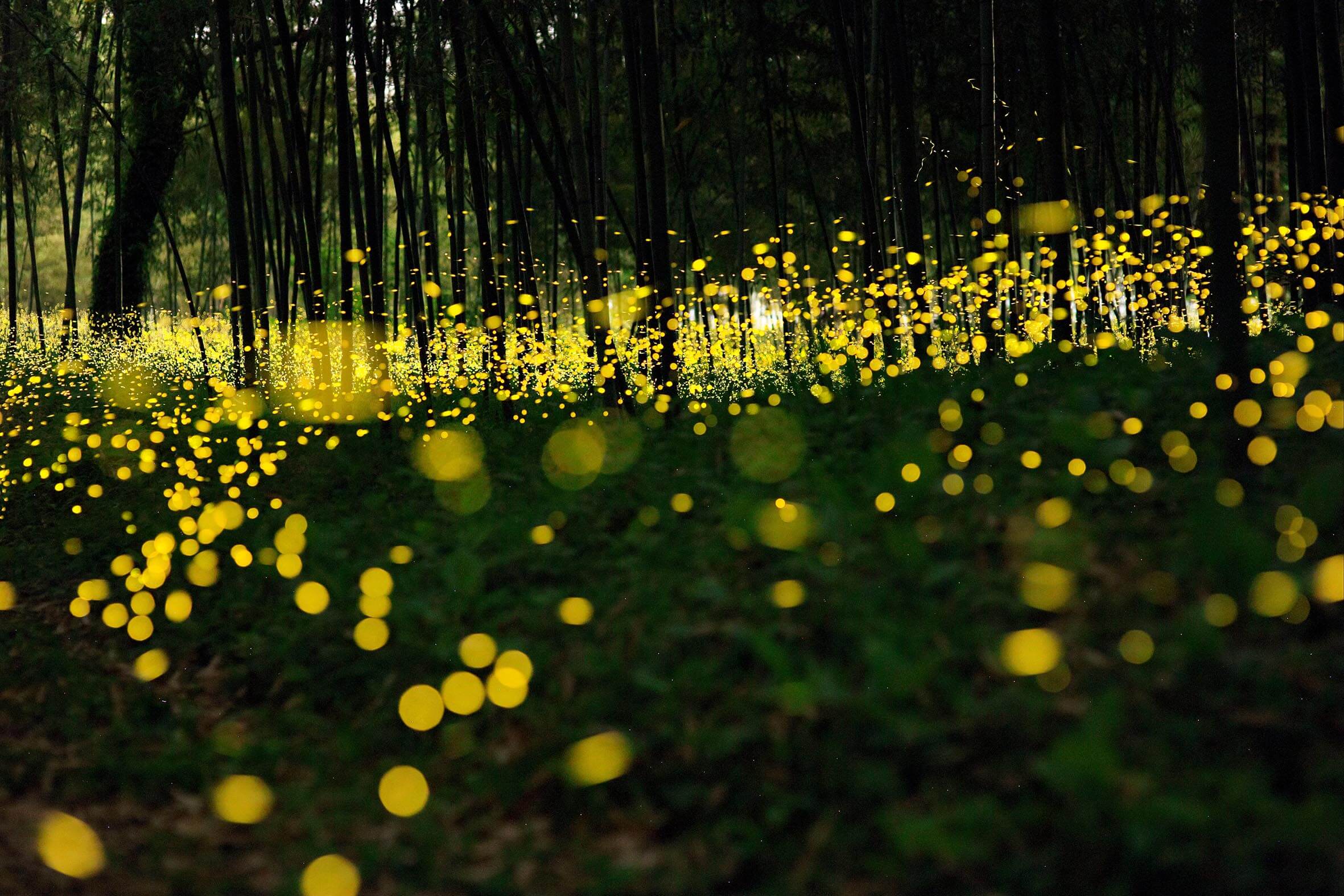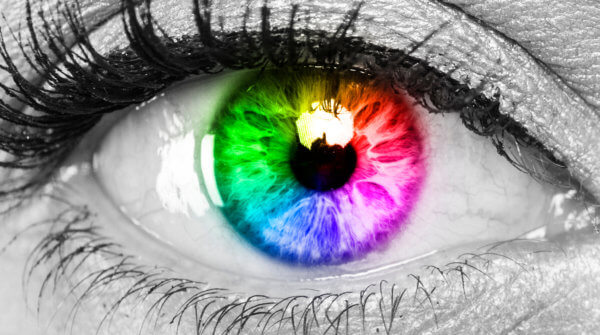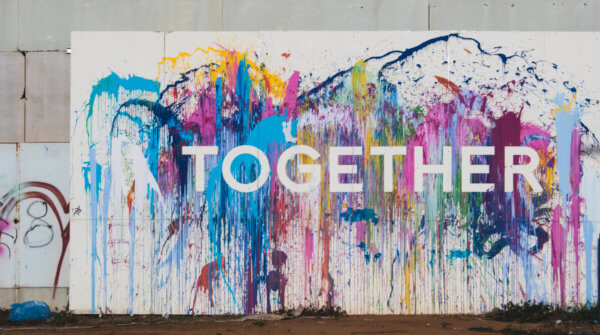April 29 2022
Tags:
Share:
The well-known joke goes: A police officer sees a drunken man searching for his keys on the ground near a lamppost and offers to help find them. After a few minutes of searching without success, the officer asks the man whether he is certain that he dropped the keys near the lamppost. “No” says the man, “I lost them in the park.” “Then why look here?” asks the surprised officer. The man answers: “Because the light is much better here.”
Known as the ‘streetlight effect’ this historical metaphor has been used to represent knowledge and ignorance in many settings including science, technology and history. But whatever its origins, it’s used to demonstrate observational bias: it’s all too common to look for answers in the easiest place – taking the path of least resistance.
The world has become so accelerated. People require answers in ever-decreasing periods of time. Most sectors and industries are seeking template driven resolutions, carbon copy resources, copycat quick fixes, tried and tested paths from A to B and something more often than not, off the shelf. It’s this level of demand that fuels cognitive bias and which leads to preconceived ideas and assumptions.
In the creative industries solving problems is a primary focus and the highest value aspect of what we do. If we are to be truly effective, we should be searching for answers and inspiration in lesser lit areas. Harnessing and nurturing a neurodiverse workforce is the ideal way to help do this. Neurodiversity views brain differences as normal, not as deficits and encompasses a wide range of conditions including ADHD, autism, dyslexia and dyspraxia.
Many neurodiverse people have extraordinary skills. There are plenty of significant thinkers who are neurodivergent: Richard Branson, Greta Thunberg, Andy Warhol and Agatha Christie, to name just a few. Those with conditions such as autism and dyslexia have ingenuity in areas such as pattern recognition, memory, and maths. People with autism make ideal problem-solvers as they have a unique, analytical mind and cognitive style enabling them to pinpoint flaws and inefficiencies, allowing them to find new pathways through complex problems.
Amy Walker, a Diversity and Inclusion Coordinator at GroupM and a neurodivergent campaigner describes an untapped talent and it is more often than not our own neurotypical recruitment process that inhibits our ability to hire more diverse minds.
According to Acas, the public body advising on workplace rights, rules and best practice, estimates that roughly one in seven people (15%) in the UK is neurodivergent. In the creative sector, that figure may even be double. In an article from Campaign entitled ‘Great minds don’t think alike: How to tap the neurodivergent talent pool’ it says that, ‘The high proportion of neurodiverse people in the creative sector is striking and chimes with research that highlights a strong correlation between neurodiversity and creativity.’
Now back to those lost keys. The more we have a diversity of minds in the creative industry the more we can illuminate our world and the world we work to improve. If we want better innovation we need to be more inclusive in our thinking. In order to foster diverse thinking we should be not only hiring neurodiverse talent, but including it in the process of our research, user testing, strategy and delivery. Imagine how much more fun and success we would have, and how much better we would be at reaching a wider audience, if we included more fireflies and glowworms to our workforce.
There’s lots of interesting reading on this subject, I’ve read and referenced:
Amy Walker’s Why neurodiversity works for creativity
Universal Music UK’s Creative Differences 2020 report
This article was orginally written for Marketed.live in Spring 2021




